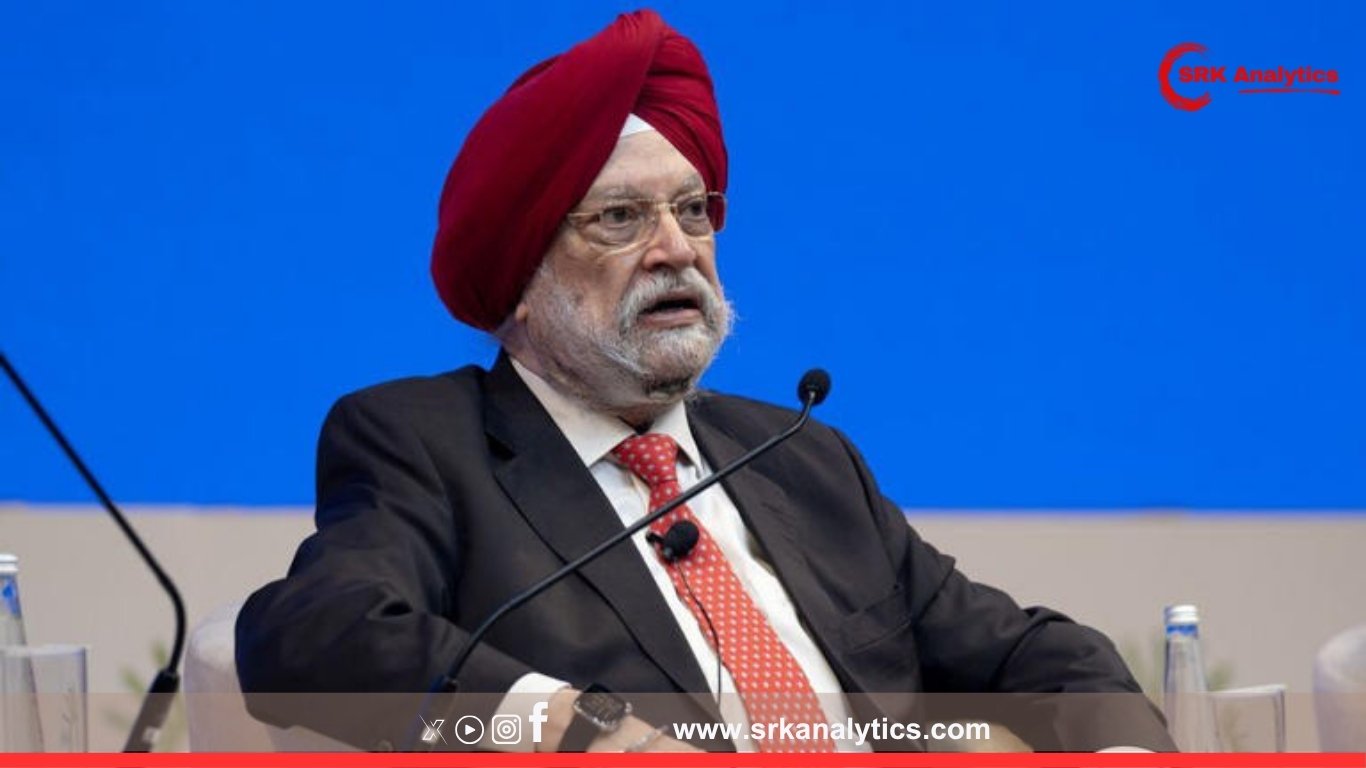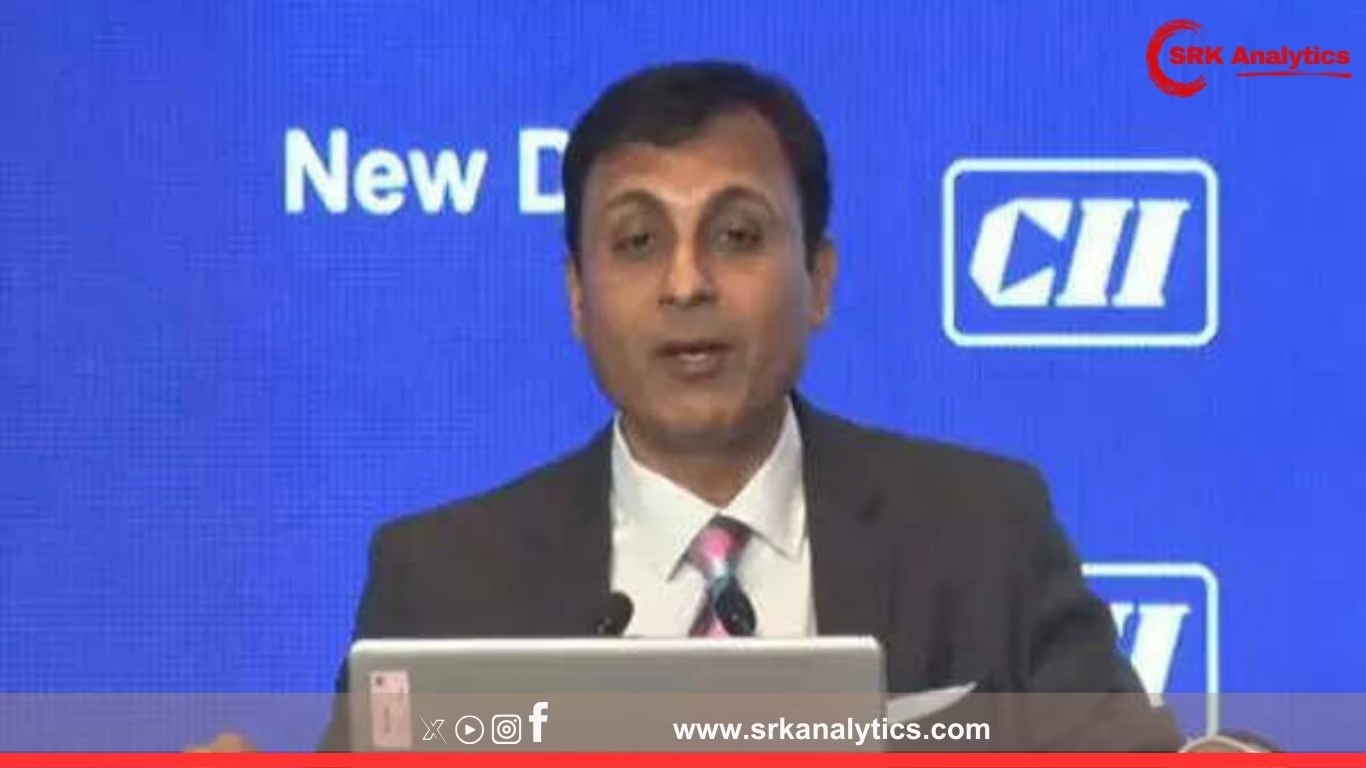India is looking to leverage Norway’s advanced expertise in carbon capture and storage (CCS) technologies as part of its broader strategy to decarbonise the economy and achieve net-zero emissions by 2070. This strategic cooperation, which was discussed during recent high-level bilateral meetings, is expected to strengthen India’s industrial decarbonisation framework while creating new pathways for sustainable energy growth.
Why India is seeking Norway’s CCS expertise
Norway is regarded as a global pioneer in carbon capture and storage, having operationalised large-scale CCS projects since the 1990s. The Sleipner and Snøhvit projects, alongside the upcoming Northern Lights project, have demonstrated the viability of storing millions of tonnes of CO₂ under the seabed in the North Sea.
For India, these technologies are critical for:
- Reducing emissions in hard-to-abate sectors like steel, cement, oil & gas, and fertilisers
- Maintaining industrial competitiveness while complying with global carbon norms
- Achieving its Nationally Determined Contributions (NDCs) under the Paris Agreement
- Avoiding stranded assets as global energy systems shift towards renewables and green hydrogen
Key areas of potential Indo-Norwegian CCS cooperation
Senior officials and industry leaders discussed multi-pronged cooperation in:
- Feasibility studies for carbon storage in India’s depleted oil and gas fields and saline aquifers.
- Technology transfer and joint R&D to adapt Norway’s offshore CCS methods to India’s geological and regulatory environment.
- Developing value chains for CO₂ capture, transportation, and storage hubs, particularly in industrial clusters like Gujarat, Maharashtra, and eastern coastal states.
- Capacity building and regulatory frameworks for CCS implementation, monitoring, and public acceptance.
Benefits of CCS in India’s energy transition roadmap
| Strategic benefits | Details |
|---|---|
| Industrial decarbonisation | Capture CO₂ from cement, steel, petrochemical, and fertiliser plants, which account for over 25% of India’s emissions. |
| Enhanced oil recovery (EOR) | Injected CO₂ can improve oil extraction rates in mature fields, reducing import dependence. |
| Climate goals compliance | CCS can abate up to 750-900 million tonnes CO₂ annually by 2050, supporting net-zero. |
| Green hydrogen production | Blue hydrogen (produced via natural gas with CCS) serves as a transition before green hydrogen scales up. |
Recent bilateral engagements to boost cooperation
During the India-Norway Energy Dialogue held in June 2025, energy ministers and top officials reviewed:
- Norway’s Northern Lights project, which will transport CO₂ from European industries for offshore storage.
- India’s upcoming National Carbon Capture and Storage Policy, expected to provide incentives and a regulatory framework for CCS.
- Opportunities for Norwegian firms such as Equinor and Aker Carbon Capture to partner with Indian PSUs like ONGC, NTPC, and Indian Oil Corporation.
Statements from leaders on CCS collaboration
Norwegian Minister of Petroleum and Energy, Terje Aasland, said:
“India is a key partner in global climate action. Norway is ready to share its decades of expertise in carbon capture and storage to support India’s sustainable growth and energy security.”
Indian Power and Renewable Energy Minister R.K. Singh emphasised:
“Decarbonising our industrial sector is crucial for our net-zero journey. Norway’s CCS experience offers valuable learnings for India’s clean energy transition.”
Current status of CCS in India
India is at a nascent stage in CCS deployment. Key ongoing initiatives include:
- NTPC’s pilot carbon capture project at Vindhyachal Thermal Power Station in Madhya Pradesh.
- Indian Oil Corporation’s CCU project in Gujarat to convert captured CO₂ into methanol.
- Studies by ONGC and Oil India Ltd to evaluate CO₂ injection for enhanced oil recovery.
However, lack of a clear policy framework, high costs, and limited public awareness remain bottlenecks for large-scale CCS adoption.
Industry perspective on Norway-India CCS cooperation
Energy sector analysts highlight:
- Cost competitiveness will be key. Norwegian CCS projects benefit from carbon pricing and storage-ready geology, whereas India needs supportive policies to create viable business models.
- Joint pilot projects can de-risk technology deployment and build local expertise.
- CCS hubs around refineries, steel, and cement plants along coastal corridors can aggregate CO₂ volumes, reducing unit costs.
Global CCS trends and India’s positioning
According to the International Energy Agency (IEA), over 230 CCS projects are in development globally, with the capacity to capture more than 1 billion tonnes of CO₂ annually by 2030. India, with its vast industrial base, is expected to emerge as a significant CCS market if regulatory clarity and economic incentives are ensured.
| Top countries leading CCS deployment | Key projects | Annual capture capacity (Mt CO₂) |
|---|---|---|
| USA | Petra Nova, ADM Decatur, upcoming Gulf Coast hubs | 45+ |
| Norway | Sleipner, Snøhvit, Northern Lights | 3+ |
| UK | Net Zero Teesside, Humber Zero | 10+ |
| Australia | Gorgon CCS | 4 |
| China | Sinopec Shengli CCS | 1 |
Future outlook for Indo-Norwegian CCS collaboration
Key areas expected to define the partnership include:
- Regulatory harmonisation: Learning from Norway’s permitting, liability, and monitoring frameworks to create robust CCS regulations in India.
- Financing models: Blending Indian and Norwegian public-private financing to de-risk projects.
- Skills development: Training Indian engineers, geologists, and policy experts on CCS design, operations, and safety.
- Integration with green hydrogen: Using CCS to decarbonise hydrogen from natural gas (blue hydrogen) as an interim solution.
Conclusion
India’s exploration of Norwegian expertise in carbon capture and storage underlines its pragmatic approach towards decarbonising hard-to-abate sectors while balancing energy security and economic growth. As both nations deepen strategic clean energy cooperation, CCS can become a cornerstone technology in India’s quest for net-zero by 2070, provided policy, technology, and financing align to ensure scalable, affordable deployment.
Disclaimer: This article is intended for informational purposes only. It summarises emerging policy developments, bilateral engagements, and technology trends in carbon capture and storage. Readers are advised to consult official government releases, energy sector reports, and policy documents for precise updates before making business, research, or investment decisions.











